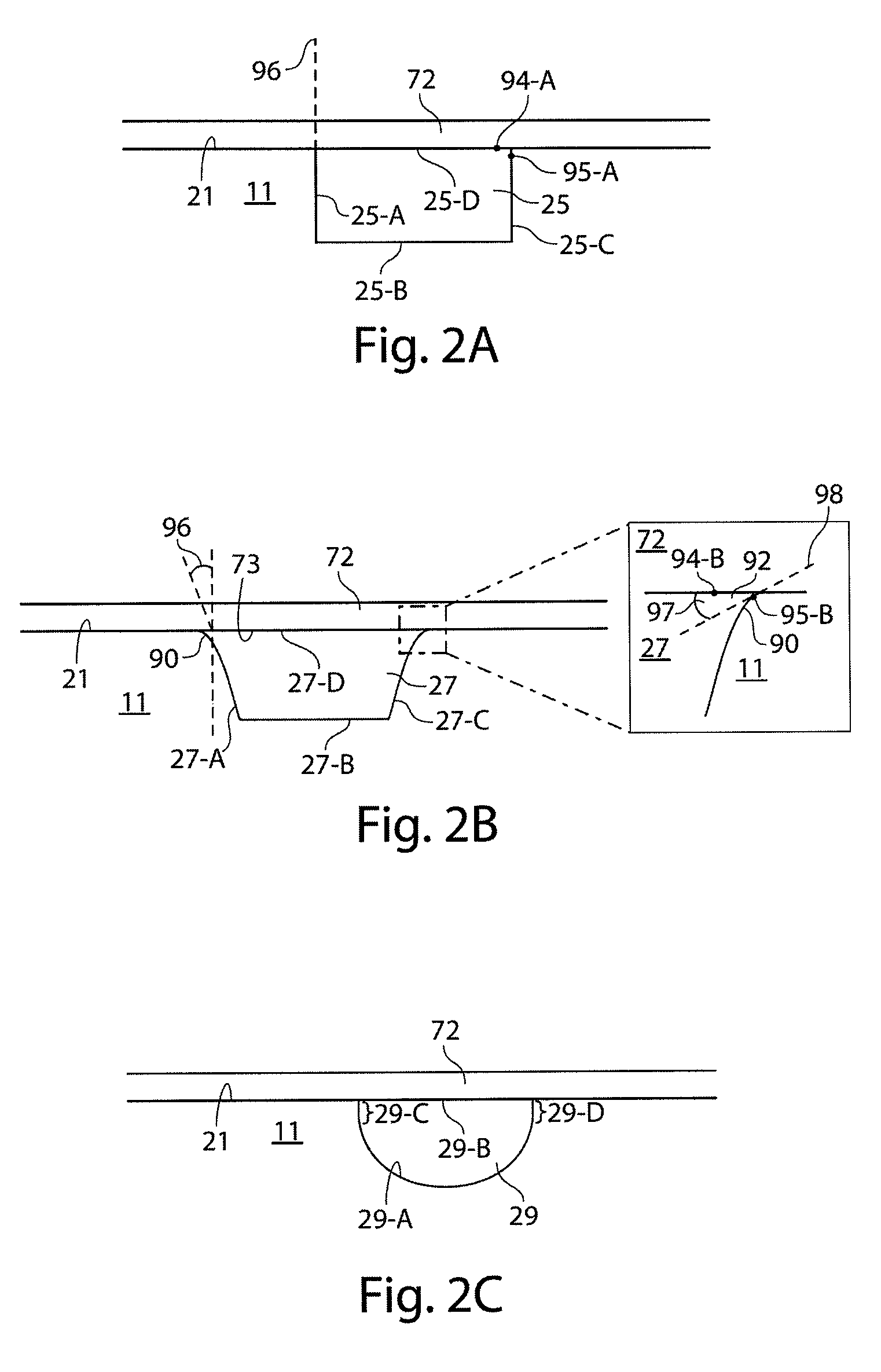Reagent storage in microfluidic systems and related articles and methods
a technology of microfluidic systems and reagents, applied in fluid controllers, laboratory glassware, instruments, etc., can solve the problems of adding a level of cost and sophistication, and achieve the effect of preventing evaporation and/or contamination
- Summary
- Abstract
- Description
- Claims
- Application Information
AI Technical Summary
Benefits of technology
Problems solved by technology
Method used
Image
Examples
example 1
Fabrication of Fluidic Devices
[0151]Method for fabricating a fluidic device are described.
[0152]A channel system of a fluidic device was designed with a computer-aided design (CAD) program. The device was formed in poly(dimethylsiloxane) Sylgard 184 (PDMS, Dow Corning, Ellsworth, Germantown, Wis.) by rapid prototyping using masters made in SU8 photoresist (MicroChem, Newton, Mass.). The masters were produced on a silicon wafer and were used to replicate the negative pattern in PDMS. The masters contained two levels of SU8, one level with a thickness (height) of ˜70 μm defining the channels in the immunoassay area, and a second thickness (height) of ˜360 μm defining the reagent storage and waste areas. Another master was designed with channel having a thickness (height) of 33 μm. The masters were silanized with (tridecafluoro-1,1,2,2-tetrahydrooctyl)trichlorosilane (ABC-R, Germany). PDMS was mixed according to the manufacturer's instructions and poured onto the masters. After polymer...
example 2
Fabrication and Testing of Fluidic Devices for Reagent Storage
[0154]A method for fabricating and testing a fluidic device that can be used to store reagents is described.
[0155]In this example, a microfluidic channel was used as a storage vessel. This microchannel was created by fabricating a channel in a plastic substrate using injection molding and sealing the channel with an adhesive tape to produce a fluid-tight seal. This fabrication method resulted in a microchannel with a trapezoidal cross section. Under a microscope, the corners of the trapezoidal microchannels were not perfect corners, but instead were curved, with a radius of curvature significantly smaller than the half-depth (or half-width, whichever is smaller) of the microchannel.
[0156]FIG. 8A shows a schematic diagram of a portion of a microchannel 600 that was fabricated. Multiple liquid plugs 610 (only one of which is shown) were stored in portions of the channel having a substantially trapezoidal cross section, the ...
PUM
 Login to View More
Login to View More Abstract
Description
Claims
Application Information
 Login to View More
Login to View More - R&D
- Intellectual Property
- Life Sciences
- Materials
- Tech Scout
- Unparalleled Data Quality
- Higher Quality Content
- 60% Fewer Hallucinations
Browse by: Latest US Patents, China's latest patents, Technical Efficacy Thesaurus, Application Domain, Technology Topic, Popular Technical Reports.
© 2025 PatSnap. All rights reserved.Legal|Privacy policy|Modern Slavery Act Transparency Statement|Sitemap|About US| Contact US: help@patsnap.com



